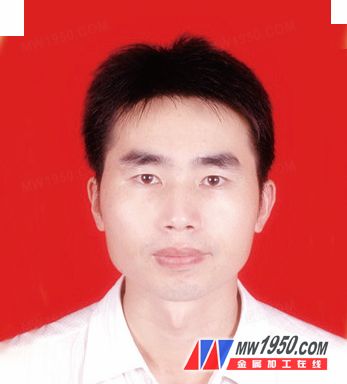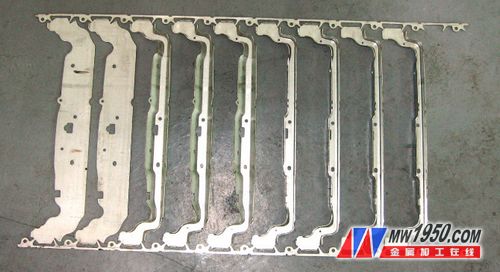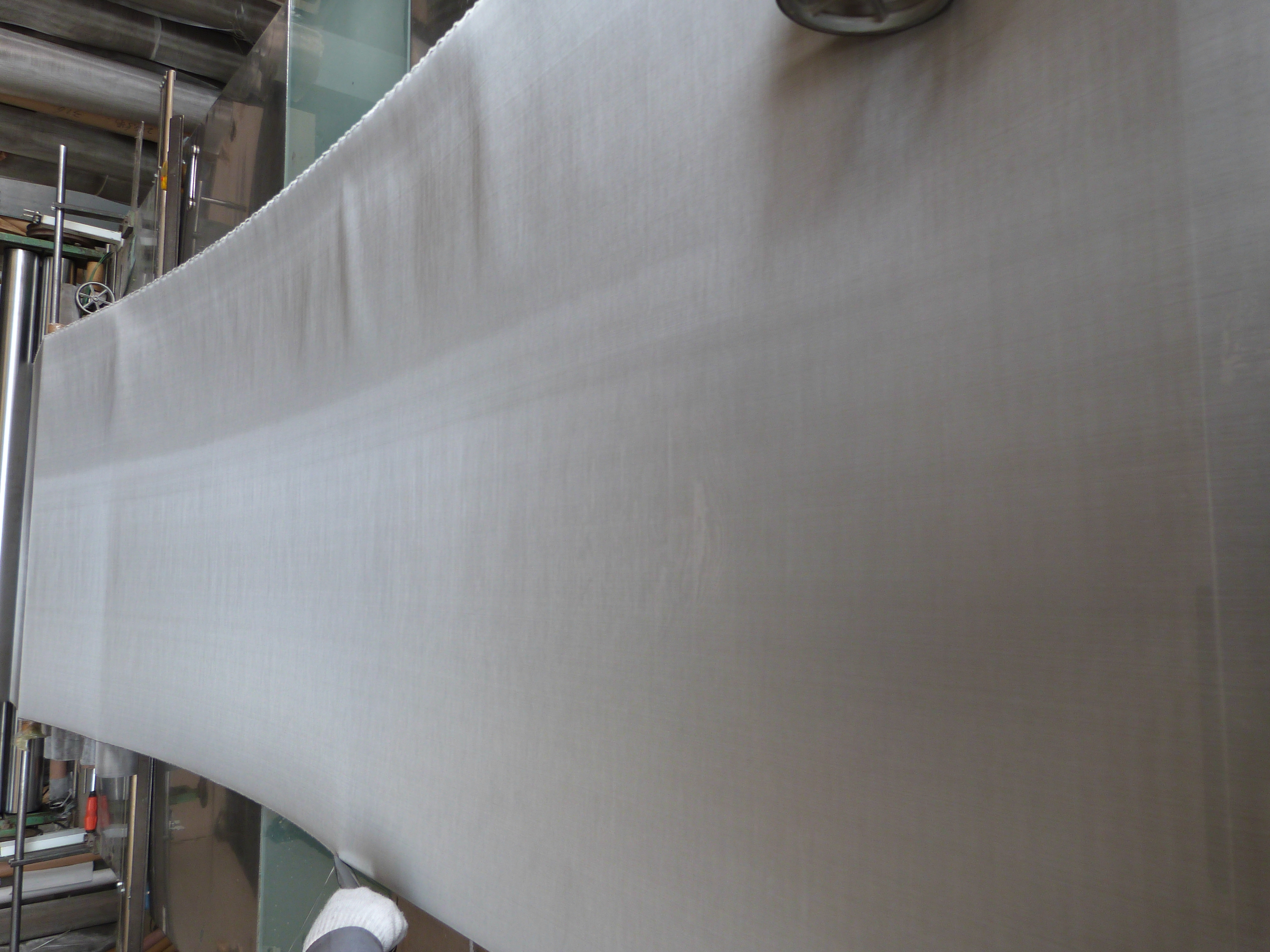
Postdoctoral Fellow, School of Mechanical and Automotive Engineering, South China University of Technology
Progressive Die consists of multiple stations. In the first stroke of the press, a pair of molds can complete various punching processes such as punching, bending, drawing, forming, stacking, turning and tapping. . The multi-station progressive die is recognized as a high-tech mold that is precise, efficient, high-quality, long-life and suitable for mass production. It is the direction of future die development.
With the improvement of China's industrial level, especially the rapid development of the automotive industry, the application of multi-station progressive die is becoming more widespread. Fig. 1 is a multi-station progressive die production belt of an automobile structural member, and the process includes various pressing processes of the progressive die. At present, there is still a big gap between the domestic level of advanced die application and foreign advanced countries. Domestic enterprises need to master the key technologies of design and manufacture of progressive die to improve the independent development capability and market competitiveness of enterprise-level progressive die.

The progressive die design must analyze the stamping process reasonably, determine the optimal stamping process plan, calculate the relevant process parameters, rationally design the layout plan, and select the mold structure type. Key technologies for multi-station progressive die stamping include nesting process design, blank calculation, wrinkling, fracture prediction, and springback prediction and control.
Layout design
Layout is the key to progressive die design, determining the location of the part station and the relationship between each station, positioning method, material utilization and mold structure design. The pros and cons of the layout have a great influence on the structure of the mold, the life, and the quality of the stampings. When arranging, firstly, according to the shape of the workpiece, it is determined whether there are waste layout, no waste layout, mixed layout or nesting layout, and whether it is single-row, double-row or multi-line layout. The principle that should be followed in the layout is: firstly after blanking, blanking first, then inside and outside; first punching the part with high dimensional accuracy, the part with low precision of backlash; the part with high coaxiality and high symmetry requirement and internal Center hole, and use this to guide the positioning and blanking. It should be noted that in the punching parts with high shape and position accuracy and size requirements, the number of working places should not be too much, and the cumulative error should be reduced. For small-sized and complicated shapes, when the distance between stations is small, Empty stations should be designed to open the actual press station spacing.
Precise calculation of rough
The rationality of the design of the blank shape and the trimming trim line directly affects the quality of the mold and stamping process design. Reasonable design of the blank shape helps to reduce the required punching force, reduce the wear of the mold, improve the life of the mold, improve the stress and strain state of the material during stamping, improve the forming limit of the material, reduce the occurrence of forming defects, and improve the forming quality of the stamping. Accurate design of blanks or flanging trimming lines can reduce trimming of workpieces and reduce mold manufacturing and production costs. For workpieces with complex shapes, it is difficult to obtain a satisfactory blank size. With the development of computational simulation technology, the accuracy of blank can be improved by simulation calculation.
Wrinkling and fracture prediction
Due to the complicated structure and the influence of process parameters and lubrication conditions, the progressive die is prone to cracks and wrinkles, resulting in scrapped parts. Before determining the progressive die structure, the stress-strain state, thickness variation and forming limit of the material during stamping are obtained by finite element numerical simulation. The wrinkling and cracking of each station during the forming of the workpiece are analyzed and the results are predicted. In the forming process, the mold structure is perfected, and the forming process parameters are modified. For example, the blanking force is optimized to obtain a reasonable blanking force value, which can suppress wrinkles and prevent cracking.
Springback prediction and control
The rebound after sheet metal forming is an inevitable phenomenon in the stamping forming process. The progressive die is more complicated due to the number of stations and the prediction and control of springback. The presence of springback directly affects the forming accuracy of the workpiece and subsequent assembly. The size of the rebound is affected by many factors such as material, mold gap, bending radius, blanking force and drawbead. In order to control the rebound amount within the allowable range, the springback is controlled by continuous process trial and repair, resulting in long mold manufacturing cycle, high cost, and low workpiece precision. The progressive die design must predict and control the springback. Through numerical simulation technology, it can predict the stamping and rebound of the sheet material, thereby modifying the mold profile of the corresponding working position of the progressive die, and compensating or taking back the rebound. Corresponding countermeasures are used to control the amount of springback so that the workpiece meets the accuracy requirements.
Research and application of the key technology of multi-station progressive die stamping forming, which greatly promotes the shortcomings of changing the current progressive die design, long manufacturing cycle, and low precision of workpieces, thus improving the independent development of enterprise-level progressive die. Ability and market competitiveness.
1.Material:
low carbon iron wire,stainless steel wire and PVC coated wire
2.Wire Mesh style:
1-Electro galvanized wire mesh
2-Hot-dipped galvanized wire mesh
3-PVC coated wire mesh
4-stainless steel wire mesh
3.Wire Mesh type:
Weaving wire mesh: plain weave ,twill weave ,plain dutch weave ,twill dutch weave ,bead knitting
Welded wire mesh: welded before galvanized, welded after galvanized
Punching wire mesh, Expand wire mesh, Square Wire Mesh etc.

Wire Mesh Series,Galvanized Iron Wire Mesh ,Wind Dust Net,Square Wire Mesh
Anping Shengjia Hardware Mesh Co.,LTD , https://www.oilshaleshakerscreen.com
